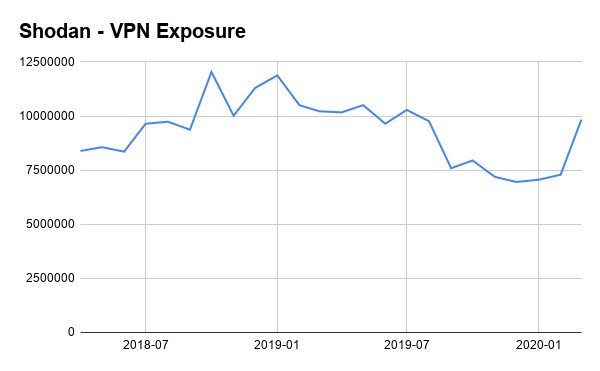New research suggests that the use of Remote Desktop Protocol (RDP) and Virtual Private Network (VPN) has skyrocketed since the coronavirus COVID-19 outbreak. Meanwhile, remote-work platforms like Microsoft Teams and Zoom also continue to witness increased demand.

RDP and VPN consumption is up
Remote Desktop Protocol allows Microsoft Windows users to remotely manage their workstation or server. During the global pandemic, most companies are running short on the number of employees working from the office. Most companies have asked their employees to work remotely from their homes. This has increased the demand for RDP tools.
But just like every coin has two sides, RDP has a history of being vulnerable to cybersecurity threats without an additional layer of security such as firewall whitelist or the two-factor authentication (2FA). Although the use of RDP has increased exponentially, users need to be extra careful about the security risks involved in it.
Cybercriminals are using the coronavirus COVID-19 crisis to their advantage, trying to trick users into falling for phishing and malware schemes. In such challenging times, ensuring Internet safety and privacy is of paramount importance.
Not so surprisingly, the RDP consumption dropped following multiple security vulnerabilities were revealed last year in August.
In addition to Remote Desktop Protocols, researchers continue to see the demand for Virtual Private Network (VPN) services skyrocket since the coronavirus outbreak.
While the RDP consumption is up 41.5 percent due since most companies are allowing employees to work remotely, VPN consumption has increased by 33 percent.
In its recent blog post, Shodan wrote:
“A common tactic we’ve seen in the past by IT departments is to put an insecure service on a non-standard port (aka security by obscurity).”
Additionally, researchers also observed a significant growth in HTTPS, which is a good thing.
The research also points out a sluggish growth in terms of exposure for industrial control systems (ICS), which is 16.4 percent. However, researchers also acknowledge the ICS exposure up until now was nearly inactive.